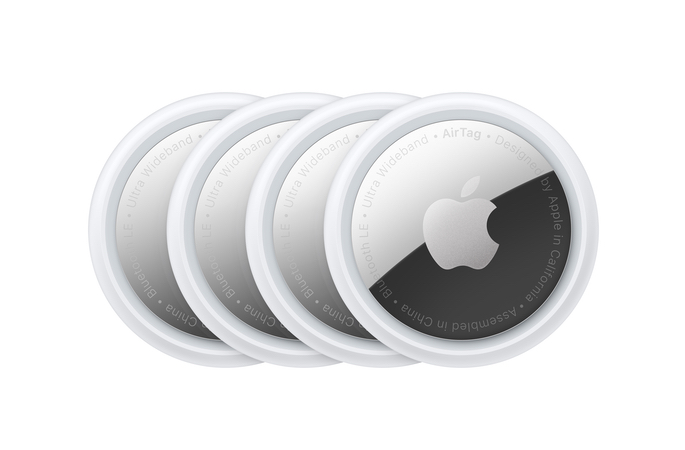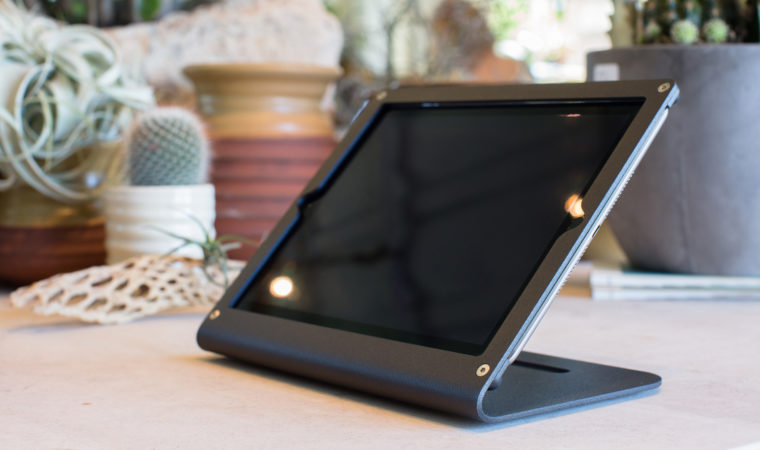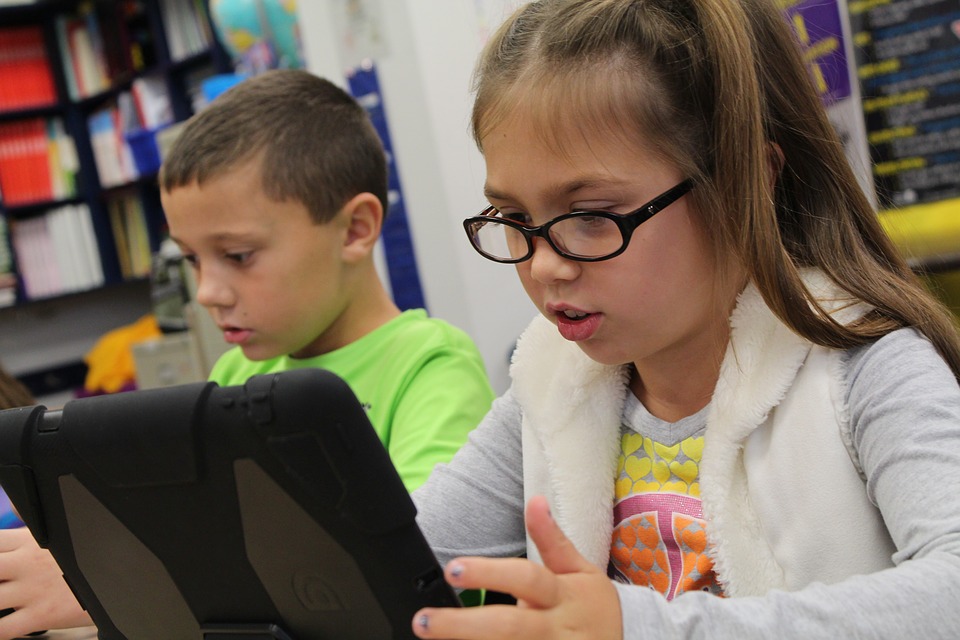iPads for disabled adults and autistic children
iPads for disabled adults and autistic children
iPads are no longer devices that you use just for fun or to make work easier. They are increasingly used by the disabled and for students with ASD (autism spectrum disorder). Several studies have shown iPads to be effective communication and teaching devices for children with autism. The ease of use and a number of apps also make the device a welcome addition for those suffering from mobility, hearing or speech disabilities. No wonder the sale of iPads has been rising, together with iPad accessories like iPad cases, covers, stands and charging devices.
Want some more insight into how iPads are making lives easier for people with disabilities or kids with autism? Let’s take a look:
Easy communication
For those who can’t use their voice, touch-to-speak iPad apps can help in everyday activities, right from saying what they want to eat and where they want to go, to ask for road directions or shop at the grocery store. Since many of these apps like Proloquo2Go and Tap Speak allow you to personalize settings and vocabulary, you can customize them to suit a person’s requirements. Thus, while a student in class can voice his doubts or queries better with these apps to understand the lessons with complete clarity, an adult can feel independent as he/she can talk about his/her needs without needing anyone else to tell it on his/her behalf. Since these iPad apps just need a swipe on the screen, they are a boon to people and kids with limited mobility who find using stylus, keyboard or mouse a difficult task.
Kids and adults who can key in words can even use text-to-voice apps where a word written is spelt out loud. Assistive chat feature of iPads can also help disabled adults and autistic kids communicate easily as predictive options are displayed to complete a sentence where the user simply has to show his/her preference by selecting “yes” or “no”.
Those with impaired hearing can use apps like soundAmp R that amplifies sound in different situations. If your hearing is limited to just one ear, the mono audio option of iPad where the audio meant for individual ears comes out equally from both headphones, can be greatly beneficial.
With a number of apps, adults and kids can not only communicate easily but even personalize the entire process by choosing their preferred words, phrases, photos or videos, all of which create a sense a dignity and independence in them.
Educational tool
Kids with autism need something interesting and engaging to stay engrossed and learn. A wide variety of iPad apps can facilitate this, which is why many teachers are using the device in their classrooms. With the app First Then Visual Schedule HD, you can make a pictogram-based schedule and connect each event to a timer so that every time a child finishes a task, s/he can tick off the timer. With its sentence construction section and visual scheduling to set up dynamic scenes, AutistMate can also help teachers make the lessons interesting for kids with autism.
Therapeutic solution
As compared to traditional speech therapy tools, iPad apps bring interactive tools that encourage learners to get engaged with rich, colourful visual images. This helps in fast learning and retaining of the matter. But this is not all. iPads can also help in many other ways. Consider an adult with limited mobility, who prefers to sit all day long rather than take a walk. You can encourage him to walk by putting an iPad on his treadmill, with which he can interact while in motion. This will make the mundane job of walking somewhat fun and interesting.
Unlike older technology that needed visual shift from a computer to a mouse to a keyboard, iPads let your fingers choose or write directly on the screen, which helps in improving fine motor skills as well.
Monitoring behaviour
Tracking and quantifying the behaviour of autistic children is made easy by apps like Behaviour Tracker Pro. With it, parents or teachers can take note of behavioural pattern or review good/bad behaviour that gets recorded. Even a comparative behavioural study can be done since the app transforms the inputs recorded into visual charts and graphs. According to some therapists, this app can help adults with memory loss or Alzheimer’s by reinforcing or strengthening their memory. Nudge (that gives reminder to complete lapsed tasks on a to-do list) and Medication Reminder (to remind when it’s time to take a particular medicine) are some other iPad apps that can help forgetful adults with disability complete their daily chores and stay healthy by taking their prescribed medications on time.
Caseoz is a proud supplier of iPad cases to organisations working to encourage and implement adoption of iPads for disabled adults and kids with ASD.
What evidences show
Studies conducted on the use of iPads for kids with ASD show improved communication and other skills in them. For both autistic kids and adults with disabilities, iPad is also found useful in encouraging social interaction (by giving them a platform for social stories, social sharing etc and asserting the importance of eye contact, recognition of emotions, facial features etc with apps). Though there’s still limited scientific literature and research that specifically assesses the effect of iPads on behaviour support functions, visual and social communication, the studies conducted till date show the participants have successfully achieved communication and behavioural goals. Data on social skill goals is still somewhat inconclusive though.
Final words
Experts say that just because you buy an iPad shouldn’t make you feel everything will change drastically. Rather than treating it as a “cure-all”, you should consider it o be a part of the solution. For families of disabled adults as well as teachers and kids of students with ASD, it’s important to understand what your goal is before you buy an iPad and select the apps. At the same time, it’s crucial to invest time and effort in making the kid or adult familiar with various features of the iPad and how best to use various apps to meet different needs. Though they may need your assistance towards the beginning, they will soon be able to access, operate and enjoy the features and apps, thus going independent. So, get the kid or adult an iPad, the necessary accessories like an iPad case or cover, and stay beside him/her to facilitate easy understanding and adoption of the technology.





